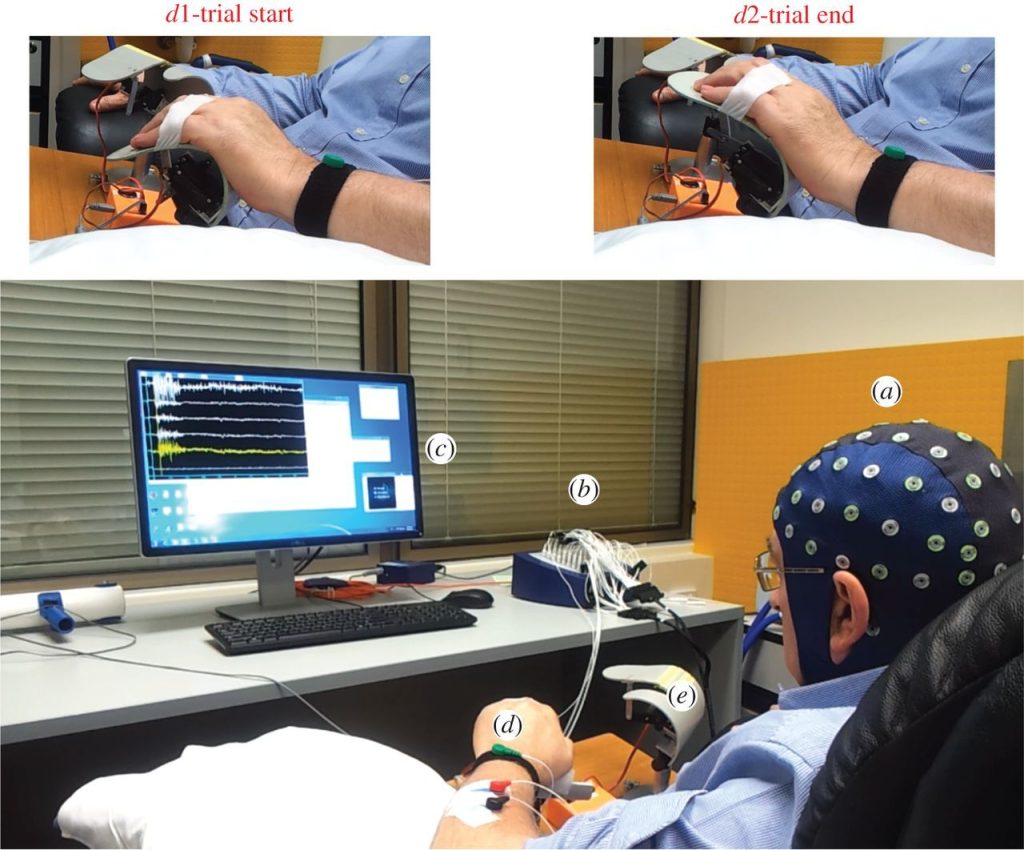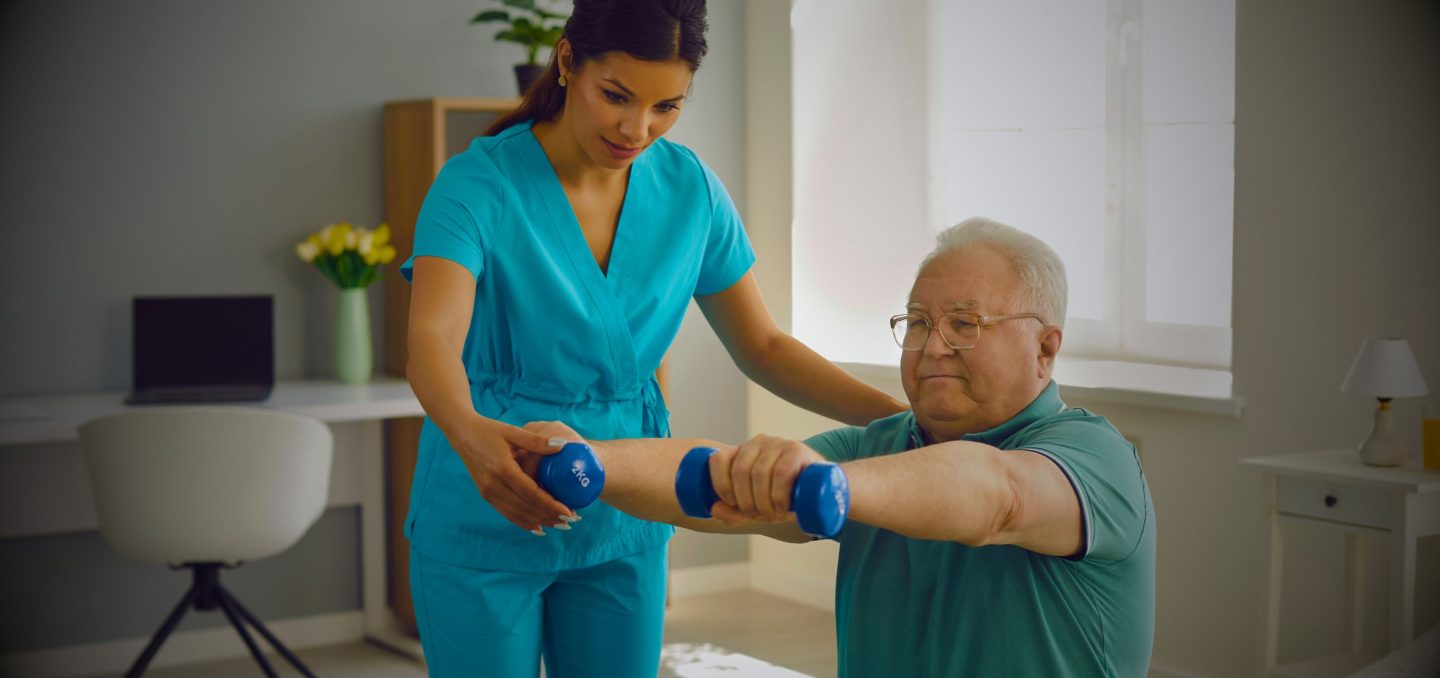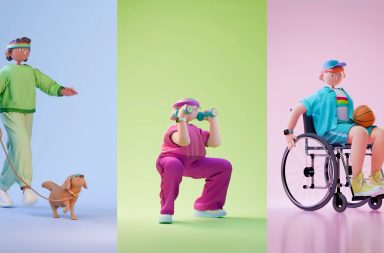Dr. Sam Darvishi and his team in Australia have demonstrated the potential of personalized brain-computer interface (BCI) therapy to significantly improve hand mobility in stroke survivors.
Results of the research have been published here. The study titled “Investigating the impact of feedback update interval on the efficacy of restorative brain-computer interfaces” explored how the feedback update interval (FUI) affects the effectiveness of brain-computer interfaces (BCIs) in stroke rehabilitation.
The researchers found that shorter feedback update intervals could significantly improve both behavioral and neurophysiological outcomes in stroke patients.
This preliminary study suggests that optimizing feedback intervals may enhance the efficacy of BCIs, potentially leading to better rehabilitation outcomes.
Study Details and Methodology
The research used a single-case proof-of-principle design, focusing on a stroke patient undergoing BCI training. The primary behavioral measure was the Action Research Arm Test (ARAT), while neurophysiological measures included motor evoked potentials (MEPs) and maximum voluntary contraction (MVC).
The study involved twelve chronic stroke survivors from South Australia, all of whom had limited use of their arms but retained clear cognitive abilities. Over the course of 18 sessions, participants used the RehabSwift system, which includes a special cap that measures brain activity. It translated imagined hand movements into actions performed by mechanical bionic hands, offering new hope for those with impaired hand function due to stroke.
Personalized Approach

RehabSwift’s standout feature is its personalized approach. The system identifies the optimal brain region for training, selects the best brainwave frequency, and adjusts the timing between imagining a movement and receiving feedback. These parameters are tailored for each user, ensuring that the therapy is customized to individual needs, thereby enhancing its effectiveness.
Findings
The primary behavioral measure used was the Action Research Arm Test (ARAT), which showed a clinically significant increase of 36% over the course of the training. This indicates substantial improvement in the patient’s motor function.
The study observed distinctive changes in motor evoked potentials (MEPs) and maximum voluntary contraction (MVC) during early and late phases of BCI training. These changes suggest that shorter FUIs might enhance motor cortex disinhibition and motor learning.
Participants, in fact, showed significant improvements in various areas, including overall arm function, hand movement tests, reaction times, and hand strength. These gains were maintained during follow-up assessments conducted 4 to 6 weeks after the training sessions. Many participants also reported achieving their personal mobility goals as a result of the therapy.
Expert Insights
“RehabSwift has the potential to revolutionize stroke rehabilitation by offering a tailored approach that meets the unique needs of stroke survivors. Our results demonstrate significant and lasting improvements in hand mobility, showcasing the power of personalized brain-computer interface therapy,” said Dr. Sam Darvishi, lead researcher and developer of RehabSwift.
The study suggests that optimizing the feedback update interval (FUI) could lead to more effective BCI-based rehabilitation protocols. This could pave the way for larger studies to further investigate the role of FUIs in stroke rehabilitation and potentially improve clinical outcomes.
Source: https://rehabswift.com.au/



